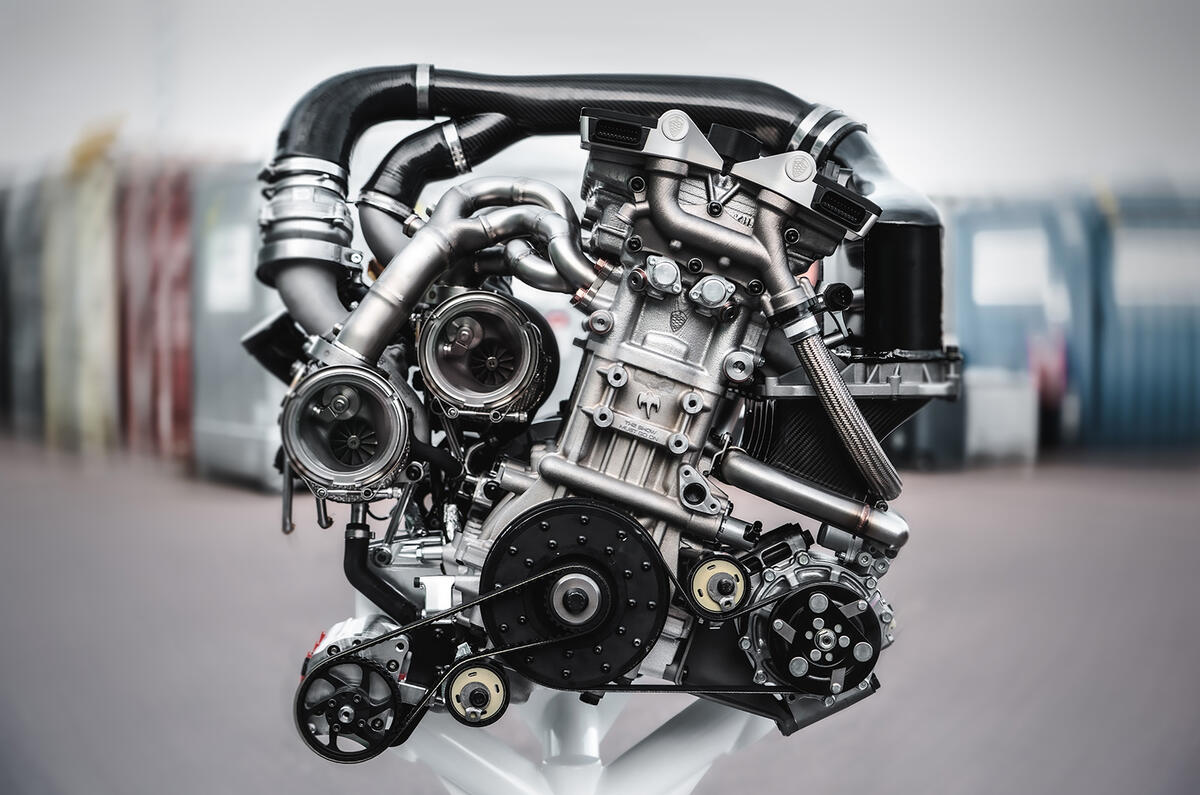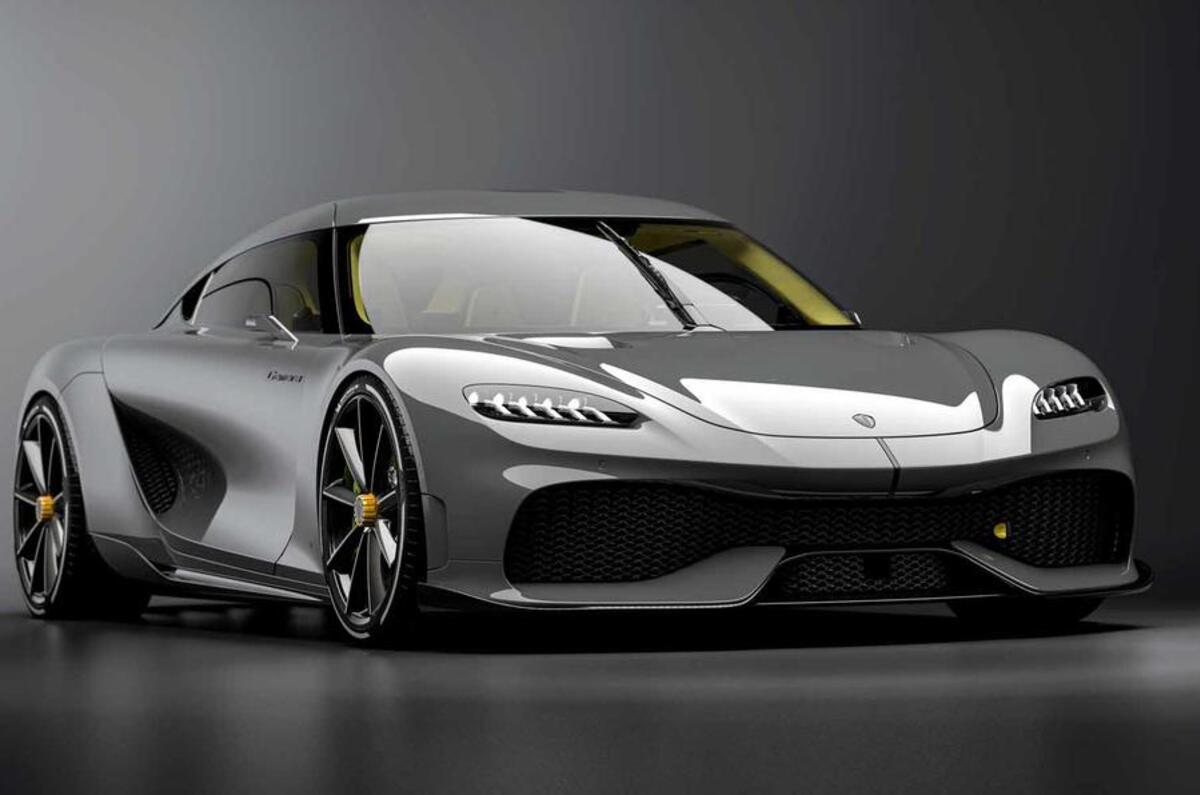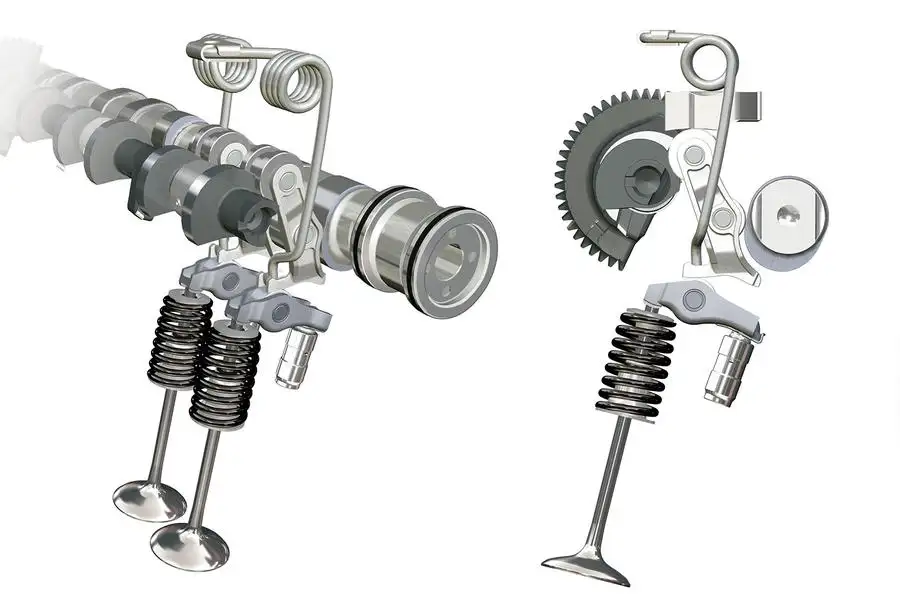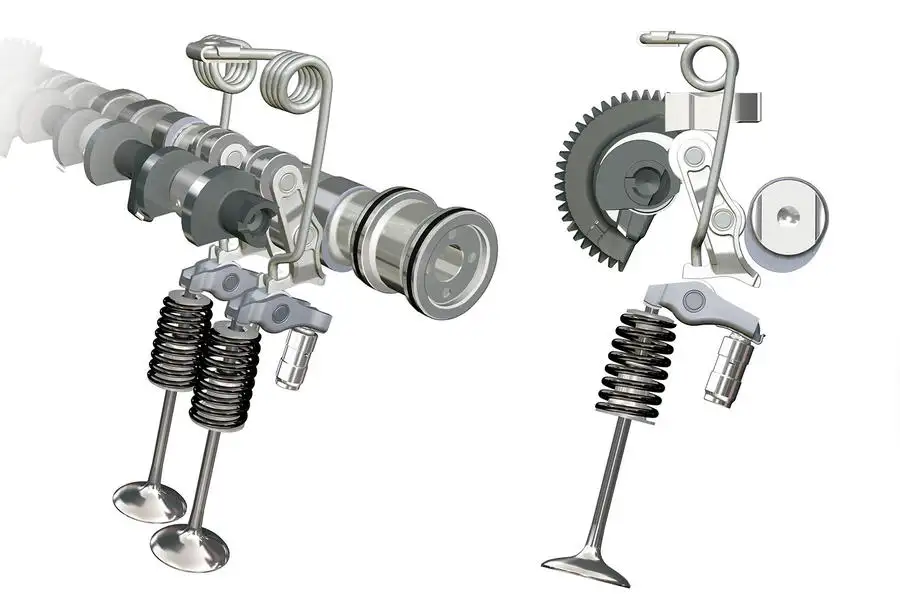Being all things to all people is something combustion engines have never been much good at but supercar maker Koenigsegg may at last have that one licked with its Freevalve technology.
Freevalve does what the name neatly implies: frees inlet and exhaust valves from the constraints of the traditional camshaft used to open and close them. The technology was aired in the TFG (The Friendly Giant) engine of the Koenigsegg Gemera at the virtual Geneva motor show in March and is due for production in 2022.
The so-called ‘camless’ engine isn’t a new idea and many concepts have emerged from companies such as BMW, Renault, Fiat, Lotus Engineering and, more recently, British company Camcon. Fully individual control of valve timing and lift (when they open and close and by how much) potentially offers huge benefits such as reduced fuel consumption and emissions together with ultra-high performance.
The TFG engine can run unthrottled, so the amount of air entering the engine can be controlled internally by opening the valves less, rather than restricting it by an external throttle upstream of the engine. That saves energy. The engine can easily run in the efficient Miller cycle, where the volume of air ingested occupies a smaller volume than the expanding gases of the power stroke, increasing efficiency.
Most toxic emissions on a modern engine still occur inside half a minute from a cold start due to cold internals, cold catalysts and limited fuel-air mixing at low start-up rpm. The Freevalve system manipulates the valves to promote internal exhaust gas recirculation, thoroughly mixing hot combustion gases with fresh charge to reduce emissions by a claimed 60% when compared with a traditional three-cylinder engine with camshafts.
Earlier attempts at camless technologies were relatively simplistic, usually involving electro-magnetic solenoids, or electrohydraulic actuators. The Freevalve system uses pneumatics to actuate the valves and electro-hydraulics to stop the valve in a given position and dampen its movement.
It also enables cylinder deactivation by closing all the valves in individual cylinders and cutting the fuel injection. Plans include using artificial intelligence to let the engine figure out the best combustion strategy at a given moment.
The engine’s brain (electronic control unit) decides exactly what each valve is going to do depending on the load on the engine and what the driver is asking it to do via the accelerator pedal. The turbocharged engine has a two-stage turbo system, but instead of using valves to control which turbo actuates when, the Freevalve does that by connecting three of the engine’s six exhaust valves to the turbine of one, and three to another, controlling turbo boost of each independently.






Join the debate
LP in Brighton
The heading should read 300 horsepower per litre
300 horsepower per tonne would be pathetic if it relates to the engine. I hope the rest of the article is more accurate (haven't read it yet).
MarkII
I've read about the Freevalve
For such ground breaking technology, it deserves a better article.
Bob Cholmondeley
MarkII wrote:
Presumably it hasn't occurred to you that Koenigsegg may be keeping some information secret, so diagrams are not available.
typos1
Bob Cholmondeley wrote:
Yeah but why would you use a pic of an entirely different system that uses a camshaft ?
MarkII
Bob Cholmondeley wrote:
typos1
"It can run on a variety of
"It can run on a variety of fuels and is said to be CO2 neutral using second-gen renewable alcohol fuels." - ANY engine that uses renewable fuels is CO2 neutral, camless or not !
Peter Cavellini
Sounds good.
If you can liberate so much power and torque from such a small capacity engine, then, why are car makers still building V6,8,10,12 cylinder engines?, the article even mentioned better fuel consumption.
Chris C
Good old Koenigsegg
The world would be a much more boring place without freethinkers like Koenigsegg and their JFDI principles....
Add your comment